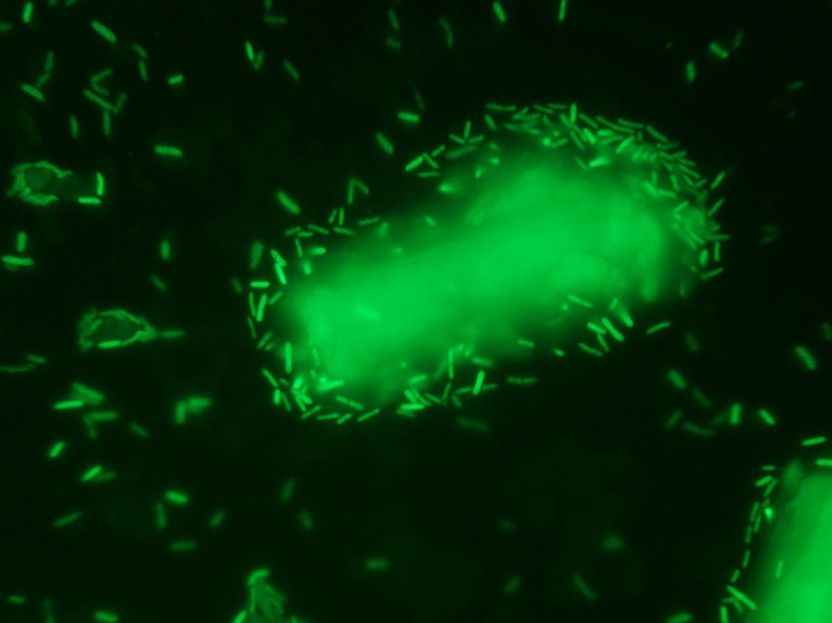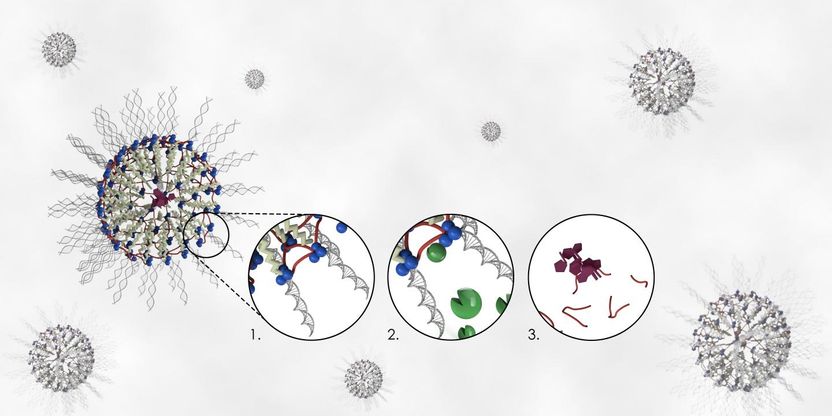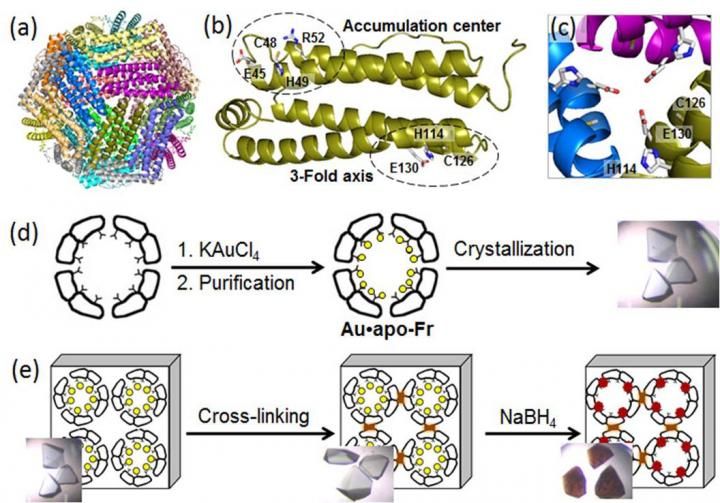Researchers isolate possible ovarian cancer biomarkers
Find that biomarker loads can vary with disease stage
Researchers from North Carolina State University utilized a highly sensitive mass spectrometry analysis to identify and measure difficult-to-detect N-glycan biomarkers associated with ovarian cancers in stages I - IV. In a surprising finding, the researchers determined that the level of biomarkers associated with ovarian cancer does not simply increase or decrease over the course of the disease, but can rise and fall during different stages. These findings have implications for our understanding of, as well as diagnostic and therapeutic approaches to, ovarian cancer.
Scientists know that ovarian cancer metastasis is associated with errors in glycosylation, the process by which a sugar chain attaches to a protein at a specific amino acid. The glycans, or sugar chains, affect a number of cellular processes, and it is difficult to measure differences between normal and cancer-associated glycans in order to determine whether or not they are useful as biomarkers for the disease.
David Muddiman, the Jacob and Betty Belin Distinguished Professor of Chemistry at NC State along with Ph.D. candidate Elizabeth Hecht, wanted to see if it was possible to measure differences between normal and cancer-associated glycans and identify cancer biomarkers. They obtained 164 blood samples from female patients at the Mayo Clinic: 82 from women who were diagnosed with ovarian cancer, and 82 from cancer-free female patients.
Muddiman and Hecht isolated N-glycans from the patients' plasma and prepared them for analysis with mass spectrometry by labeling them with hydrophobic tags specifically designed to enhance the sensitivity of the test. Their method of hydrophobic tagging, known as Individuality Normalization when Labeling with Glycan Hydrazide Tags, or INLIGHT, makes it easier for the glycans to move into a gas phase where the mass spectrometer can "see" them better. Furthermore, by labeling the control and cancer plasma samples with two similar but chemically unique tags, highly accurate measurements could be obtained.
The mass spectrometry results were put into statistical models to determine changes in glycan levels between the control patients and those with cancer. The researchers identified seven N-glycans with different chemical compositions that were statistically significant enough to be considered possible biomarkers.
"This was the first time we had used our INLIGHT strategy with biological samples," says Hecht. "Our testing was sensitive enough to detect differences between the samples that were as low as 17 percent. Most testing can only detect two-fold changes, or a 100 percent increase. So we've been able to demonstrate that it is possible to detect and study, to a fine level of detail, a very hard-to-detect molecule - and that this molecule may be useful as a biomarker for ovarian cancer."
The researchers also found that numbers of cancer associated N-glycans did not remain constant over the course of the disease, but could vary from stage to stage.
"It seems that our usual and often unstated assumption about the process of disease - that what we use to measure disease progression should either consistently increase or decrease during the course of the illness - is incorrect," says Muddiman. "The molecular signature of cancer is not a one-way street."
Original publication
Most read news
Original publication
Other news from the department science

Get the life science industry in your inbox
By submitting this form you agree that LUMITOS AG will send you the newsletter(s) selected above by email. Your data will not be passed on to third parties. Your data will be stored and processed in accordance with our data protection regulations. LUMITOS may contact you by email for the purpose of advertising or market and opinion surveys. You can revoke your consent at any time without giving reasons to LUMITOS AG, Ernst-Augustin-Str. 2, 12489 Berlin, Germany or by e-mail at revoke@lumitos.com with effect for the future. In addition, each email contains a link to unsubscribe from the corresponding newsletter.
Most read news
More news from our other portals
Last viewed contents

A greener and cheaper technique for biofuel production - Bacterium isolated from mushroom converts plant material directly to butanol

Programmable drug delivery platform combats diseased cells at genetic level
EU report provides basis for effective fight against development of resistant bacteria - EU agencies publish first integrated analysis of data from humans and animals





















































